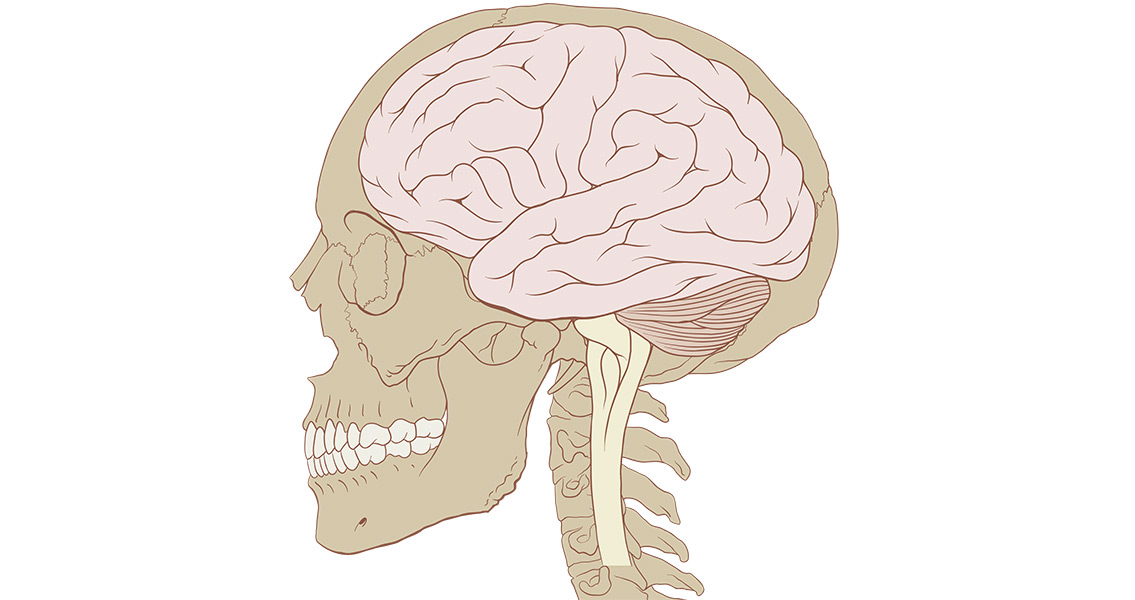<![CDATA[For the first time ever, scientists will soon be able to hold in their hands the reconstructed brain of one of man’s earliest ancestors, thanks to the discovery of a skull in southern Italy which belonged to a boy who was between 10 and 12 years old when he died – 17,000 years ago. The skull was discovered at the archaeological site Grotta del Romito, a cave known to have been used by Homo sapiens 10,000 to 23,000 years ago, and it’s because the skull belonged to a child that the recreation could even be attempted. As Fabio Martini, with the University of Florence, explained in the Italian newspaper The Local, as the brain grows it applies pressure to the inside of the skull, which at this point in a child’s development is still very soft, allowing for an imprint of the particular pattern of crevices and ridges on the brain’s convoluted surface to be left on the inside. Computer technology, including 3D scanners, has been used to create an accurate 3D model of the ancient brain, giving paleontologists, anthropologists, and neuroscientists the unprecedented opportunity to make comparisons between the brains of a modern child and a young hunter-gatherer. For example, by looking at the stage of growth within different areas, like the language center, researchers will be able to determine how they developed. Around this age, modern 10-year olds begin exhibiting an increased attention span and the ability to complete detailed tasks, think logically and problem solve. This is the age when they begin to understand riddles, begin to collect things, show curiosity about how things work and care about fairness. By studying the specific areas of the brain that are responsible for social interaction, language and spatial coordination for example, researchers are hoping to learn more about the lives our ancient ancestors led. Grotta del Romito, (which translates as the Cave of Romito) dates back to the Palaeolithic and contains some of the oldest and most important evidence of prehistoric humans in Italy. To date, researchers have revealed a number of dwellings, ancient tombs and petroglyphs (which are 10,500 years old), all of which have contributed to what’s known of human history in Italy prior to the agricultural revolution. The Paleolithic era of human history is distinguishable by the development of the first and most primitive stone tools. It covers the time period from 2.6 million years ago until approximately 10,000 years ago. In another cave located near the site, which has been dated back to the Neolithic period, large quantities of obsidian have been found, leading researchers to theorize that the cave was an integral part of the obsidian trade between the Ionians and the Tyrrhenians. Excavations first began at Grotta del Romito in 1962, and are still in progress today across a variety of disciplines, including sedimentology, malacology, palynology, paleontology and archaeozoology and Paleontology. ]]>
Scientists Able to Recreate the Brain of 17,000 year old Child
